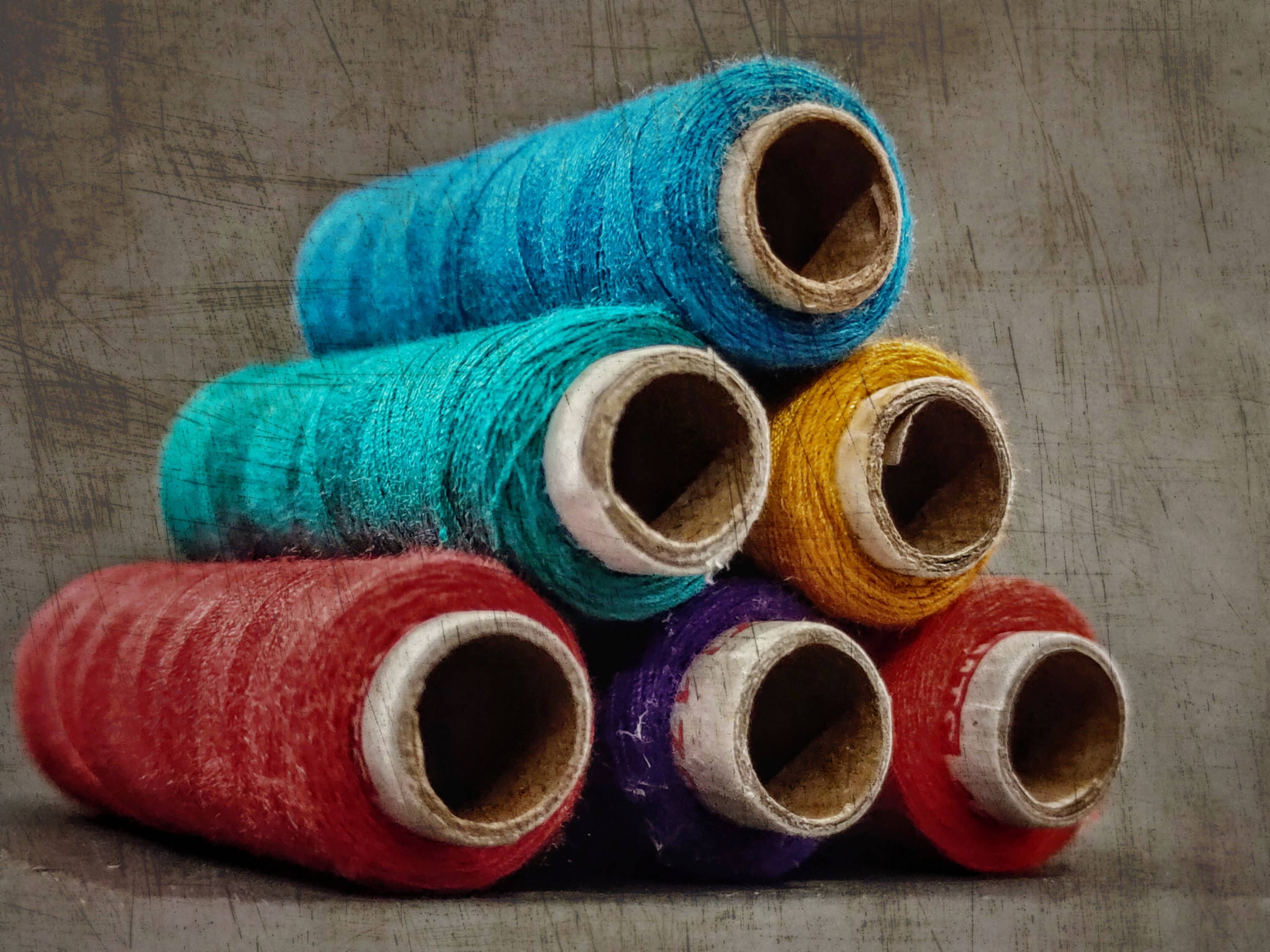Circularity: an economic cure-all?
your guide to sustainability: the basics
26 september '22
Reading time: 6 minutes
Circularity is an economic model that designs out waste, reuses materials, and provides regenerative action towards the environment. What is so important about this type of economy? Let’s find out together with some examples.
Words by Rebecca Pollard

In these times of ecological crisis, it is necessary to rethink our current economic models that add unnecessary stress to the environment. The circular economic framework is a sustainable way to combat the creation of waste, reuse finite materials that have already been extracted, and manufacture products that aid in regenerating natural systems.
What does a circular economy involve?
A circular economy is a sustainable approach to economic development designed to benefit businesses, society, and the environment. It is regenerative by design and aims to phase out the consumption of finite resources. Basically, the circular economy wishes to refocus the chain of production on an environmentally friendly/regenerative and long-lasting ethos, while simultaneously basing all its economic practices on social equity so that employees are not exploited in the process. This economic model differs hugely from the standard “take, make, waste,” linear economic model, and acts as a solution to problems created by this outdated, and extremely harmful way of doing business.
Let's make a comparison
A linear economy traditionally follows the “take-make-dispose” step-by-step plan. This means that raw materials are collected, and then transformed into products that are used until they are finally discarded as waste. Value is created in this economic system by producing and selling as many products as possible. Raw materials are used to make products, after use, culminating in a landfill. This differs from the circular economy which is based on recycling and creating long-lasting products that are sold for their services and abilities, rather than pure production for production’s sake. Economic logic is now changing, production is replaced with sufficiency: reuse what you can, recycle what cannot be reused, repair what is broken, remanufacture what cannot be repaired.
A study of seven European nations found that a shift to a circular economy would reduce each nation’s green-house gas emissions by up to 70% and grow its workforce by about 4% resulting in the ultimate low-carbon economy. In this way, adopting a circular economy would not only benefit the environment, but would also create new jobs.

The main principles
1. Designing out waste
The circular economic model is concerned with designing products in such a way that results in no waste. This is extremely important for curbing the problem of waste and pollution, especially in the early design stages, when around 80% of environmental impacts are determined. If the problem of waste is tackled early on, we can ensure that waste and pollution are not created in the first place.
2. Keeping products and materials in use
This second principle is based around use. Circularity hopes to create an economy that uses things, rather than just using up resources. This method makes sure that products and materials are kept circulating in the economy, by designing products with reusable components that are capable of being reused, repaired, and remanufactured. While the end goal of this type of economy is focused on generating no waste, it recognizes that the shift from producing waste to no waste is not something that can be achieved overnight. By this token, waste materials such as packaging are designed to be recycled and brought back so they don’t end up in landfills.
3. Regenerating natural systems
The last principle is concerned with not just protecting the environment but improving it also. This principle is focused on mimicking the sustainability seen in nature, in that everything lives in symbiosis with the environment. In the circular model, this is done by returning valuable nutrients to the soil and ecosystems to enhance our natural resources.

Examples of great circular economies
Kalundborg Symbiosis.
Starting more than 40 years ago in Denmark, the Kalundborg Symbiosis is the most well-known industrial symbiote in the world. It works by collecting components of existing or used products that are used as a resource by a different enterprise. This idea was taken from the third principle of the circular economy, in which business mimics the processes of nature whereby one form of life feeds into another so that every part is made useful. Through local collaboration, public and private enterprises buy and sell residual products from one another, gaining mutual economic and environmental benefits.
VIGGA.
VIGGA is a company that provides a platform where people can pass on children's clothes. The company tackles both social and environmental problems by cutting down on over-production of textiles that lead to immense waste, while allowing parents to buy children’s clothes that they will outgrow quickly at a reasonable price. It works through a circular subscription concept where high-quality products are shared at a fair price while being produced under proper conditions. Simply, the customer will pay a monthly subscription fee, getting 20 pieces of clothes in their child’s size. When the clothes become too small, they are replaced by new sets of clothes one size bigger. The returned clothes are then washed professionally and then delivered to another customer in a circular process.
FiltraCycle.
FiltraCycle is a small business created by three university students in Ireland that turns cigarette waste into a sustainable source of plastic that can be reused. The company’s process starts with the collection of cigarette butts which are then turned into plastic. After this, brands and manufacturers buy the plastic which is then refurbished into other products. The remanufacturing process prevents large amounts of toxic waste from entering the ocean. To put it in perspective, one pair of sunglasses made from refurbished plastic saves 2.6 million litres of water from contamination.


































